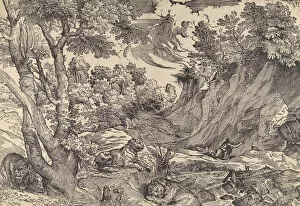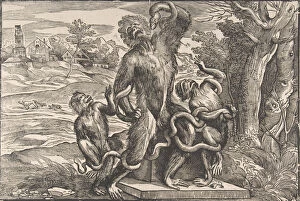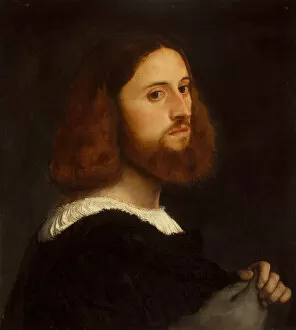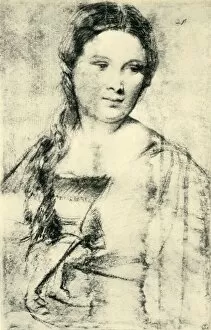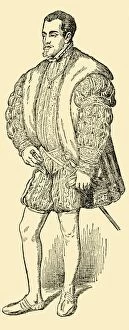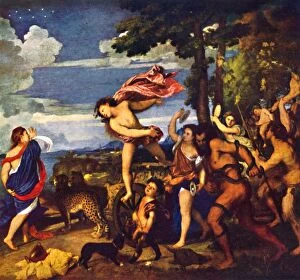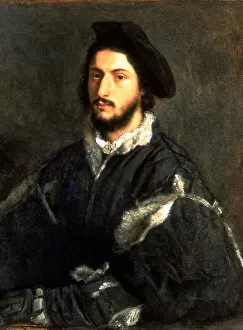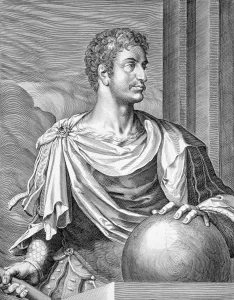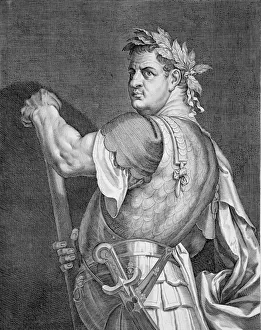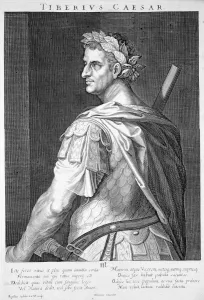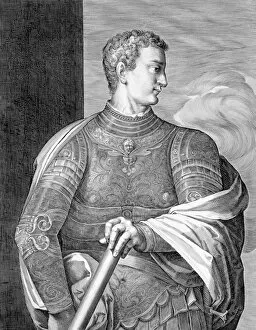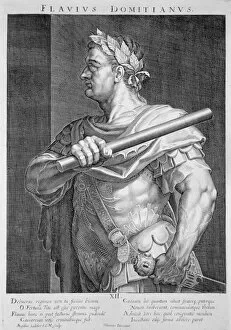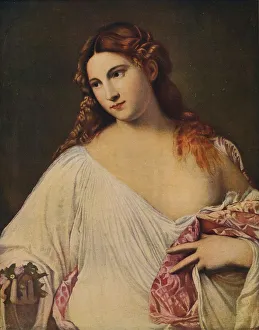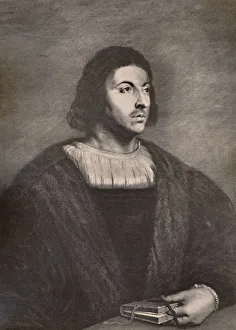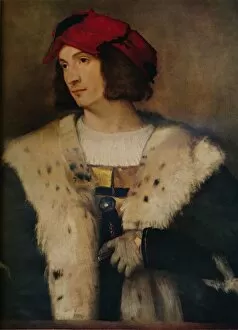Vecellio Collection (page 2)
Vecellio, also known as Titian, was an Italian Renaissance painter who left a lasting impact on the art world
All Professionally Made to Order for Quick Shipping
Vecellio, also known as Titian, was an Italian Renaissance painter who left a lasting impact on the art world. His works are diverse and captivating, showcasing his immense talent and skill. One of his most famous paintings is the Venus of Urbino, created in 1538. This masterpiece portrays a reclining nude woman with a sensuous gaze, symbolizing love and beauty. Another notable work is Noli Me Tangere from around 1514, depicting Christ after resurrection warning Mary Magdalene not to touch him. In Christ Carrying the Cross from the 1560s, Titian captures the emotional weight of Jesus' journey to crucifixion. The painting's dramatic composition and use of color evoke empathy in viewers. Titian himself is depicted in a lithograph from 1827 that showcases his iconic appearance during the Italian Renaissance period. He exudes confidence and creativity through this portrayal. The artist's versatility shines through in various other works such as Venus and the Lute Player (ca. 1565-70), which combines classical mythology with musical themes, creating an enchanting scene. A portrait titled We Named Lucrezia Crivelli and Titians Lady (c1910) by Harry Clarke pays homage to both Titian's subjects and his artistic legacy. Venus and Adonis (1553) presents another mythological tale where love meets tragedy while The Holy Family with a Shepherd (c1510) depicts religious devotion within a pastoral setting. Titian's influence extended beyond Italy; he even painted Charles V, Holy Roman Emperor (1500-1558). This portrait captures Charles V's powerful presence amidst opulent surroundings.



